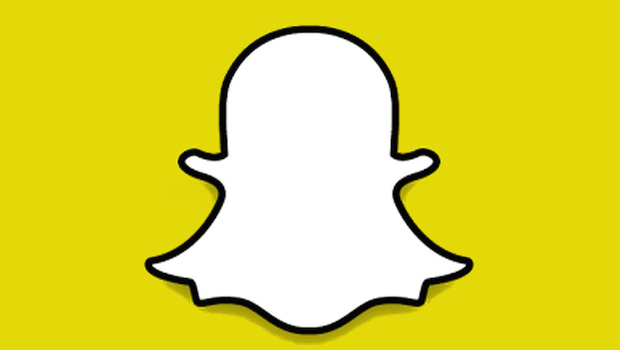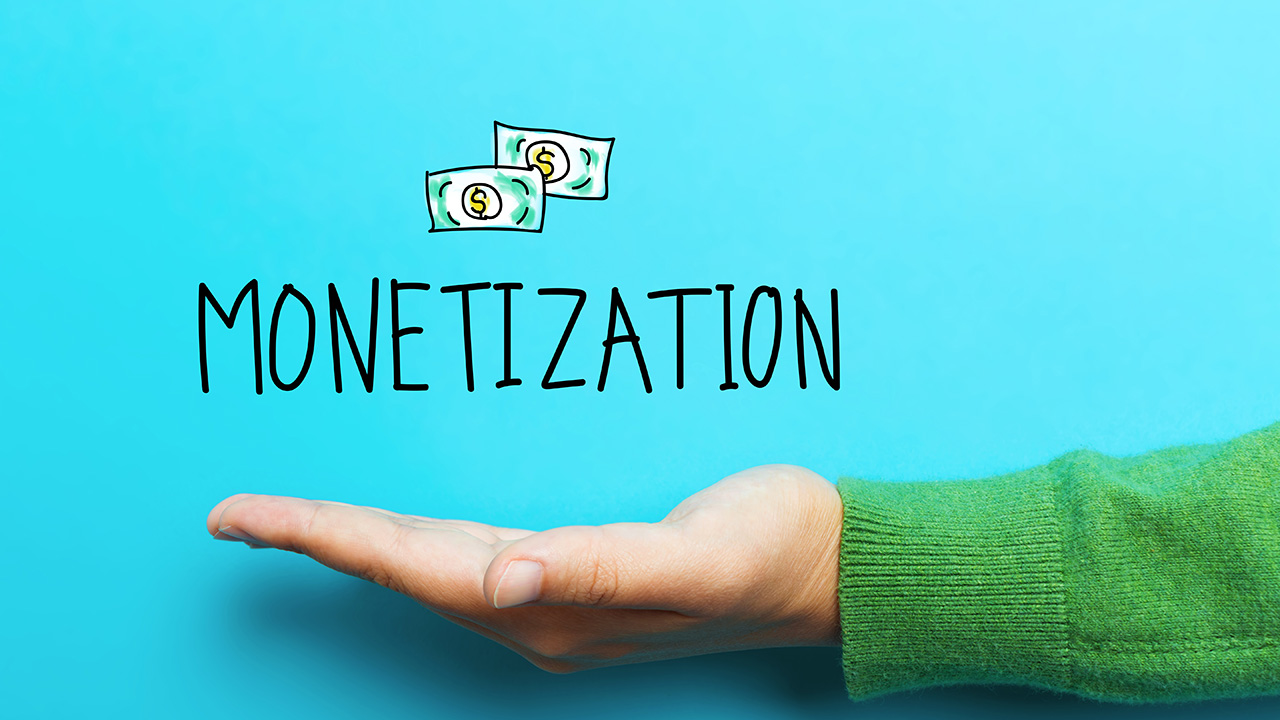
Is Snapchat for Small Businesses?
You may have heard of the photo messaging app Snapchat because your kids, nieces/nephews, or friends are using it to send photos or videos (with added text and images, if they want) to a controlled group of friends. These messages, called “snaps,” disappear from the recipients’ device after just a few seconds.
Snapchat is often used for sending raw, unedited selfies or videos of pets, or the weather. People – mostly high school and college students and recent college grads – use Snapchat to stay in touch with friends in a way that can be more interesting than texting – and without having to worry about micromanaging an online profile and making sure each post is picture perfect.
But not all snaps disappear after 10 seconds. Snapchat Stories, which rolled out last October, offers brands the ability to combine multiple snaps together and create a story that stays up for a full day, rather than a few seconds.
Brands are using Snapchat in an attempt to reach a younger demographic, says Jim Tobin, president of Ignite Social Media. They use it for the same reason that some brands use image-based social network We Heart It. “We Heart It is like Pinterest. Somebody said to me, ‘why would somebody use that instead of Pinterest?’ Well, there’s a real simple answer. The audience of We Heart It, 80 percent of it, is below 24 years old. The audience of Pinterest, 80 percent of that is above 24 year old. So if you think about why marketers are using Snapchat, they’re trying to reach an audience that communicates that way,” he says.
Snapchat’s demographic skews younger than Instagram, but according to a Pew Research Center report, Instagram is much more popular across the board. For instance, the report says 26 percent of 18- to 29-year-olds use Snapchat on their mobile devices, though only 5 percent of 30- to 49-year-olds use it. Meanwhile, 43 percent of 18- to 29-year-olds use Instagram on their phones; users drop significantly – to 18 percent – for those ages 30 to 49, but that’s still more than three times as many users in that age bracket than Snapchat.
Snapchatting with customers
Larger brands – and some smaller ones – are using Snapchat as an innovative way to communicate with their clients or customers.
Taco Bell uses Snapchat to promote specials, send images of food and keep in touch with customers. “We want to make someone’s day every day with our social channels, “the brand’s social media and digital lead Tressie Lieberman told Adweek. “It feels extremely special to get a Snapchat. It’s almost like we pick up the phone and give them a call.”
Taco Bell used Twitter to tell fans they’d be making a special announcement on Snapchat, and used the app to share the return of its Beefy Crunch Burrito, building brand loyalty and customer engagement.
Online clothing retailer Karmaloop also uses Snapchat, though the photos it shares are a bit more risqué. Karmaloop also shares information on new products and coupon codes.
Clothing brand Rebecca Minkhof used Snapchat to promote a new collection during New York Fashion Week last September.
Acura used Snapchat to share the news about its NSX supercar, as well as sent videos of the car driving around the track.
16 Handles, an independent yogurt shop, is using a marketing strategy Tobin refers to as ‘reverse Snapchatting.’ “They’re asking fans to send them a Snapchat and then they send them back a coupon via another format,” he explains.
The New Orleans Saints are using the app “to get people behind the scenes, doing the warm-up during the game, the team from the sidelines, things like that, to really keep people engaged,” says Tobin.
Online food ordering company Grubhub is using Snapchat to send food pics to its fans.
MTV UK used Snapchat to promote a new season of the show “Geordie Shore,” sending behind-the-scenes footage to fans as well as reminders to watch the show.
The majority of the brands listed above are larger businesses. Although they do put some time and effort into creating snaps, much of their footage is repurposed for other platforms. And one benefit is that snaps can be raw and unedited. In fact, something overly slick with a lot of production may be a bit out of place in a medium like Snapchat.
Should your business use Snapchat? Unless you’re working hard to try to reach a very young demographic, between the ages of 13 to 24, you may want to stick to the traditional social media marketing platforms: LinkedIn, Facebook, Twitter, Pinterest, YouTube and Google+. If you’re working hard to make your marketing dollars (and hours) go as far as possible, it’s best to reach your customers, clients and prospects where they are. If you’re more of a Tumblr user, are okay with repurposing content, and are working hard to be more relevant to young adults, on the other hand, Snapchat might be worth considering.
Do you use Snapchat for fun or for your business? How does it work for you?
This post contributed by guest author, Yael Grauer. Grauer is a Minneapolis-based freelance writer and editor. Find her online at Yaelwrites.com.
Want more marketing tips and tactics? Sign up for the free VR Buzz.
© 2014 – 2018, Contributing Author. All rights reserved.



